Unless you're living under a rock or not checking Fstoppers enough, you've likely noticed that image quality hasn't really changed much over the last couple of years. So what sets brands apart from one another, and most importantly, can you just make the images you want to make regardless of the camera?
One common talking point between camera brands is color science, which you will hear constantly when discussing things like skin tones, saturation, tonal contrast, and much more. I personally believe this applies more to video media than it does specifically to photography—not because there isn't a difference when you take photos, which you'll clearly see in this article—but there's so much color latitude from modern camera sensors that you can replicate just about anything regardless of camera brand.
The question is how much work it might take to get to a point where you are satisfied with the images you're creating. Hasselblad fans continually talk about the colors out of their cameras, Canon fans never shut up about skin tones, Fujifilm stands alone in their straight-out-of-camera profile options, and Nikon gets praised for its replication of true-to-life colors.
I wanted to put these questions to the test, and I've brought a wide range of sensor sizes, brands, and form factors for this comparison. Here is the equipment list:
A few things to get out of the way: this is not a scientific test. There are no charts, not every camera was on a tripod, the images were not taken at the exact same second, and even the focal lengths aren't perfectly matched (the Hasselblad is technically a 30mm equivalent). This is intended to mimic a real-world scenario rather than a manufactured one.
If you want to pixel-peep or know which camera has the best image quality—it's the Hasselblad X2D. That isn't what this comparison is for, though. All of the cameras in this comparison take images that are good enough for professional work. The question is: can you make the images you want to make on any of them, and how difficult is it to do so? This is more about what colors, contrast, or tones you tend to prefer.
Images Before Editing
All of these images are set to matching white balances. Most importantly, they are all using their own standard camera picture profiles. This means both Canon cameras are using their standard picture profile, the Nikon is using its standard picture profile, the Fujifilm X100VI is using Provia (which is considered their standard profile), and the Hasselblad is using its standard picture profile. Lastly, all the exposures were equalized.
Throughout all the comparisons I did, the two glaring things I see is that the Fujifilm (Provia specifically) has a very magenta color cast to it and the Nikon Z8 was always the most green-tinted image in the lineup. Another less obvious trend is that the Hasselblad images were always a little bit more blue than the rest—not necessarily a colder white balance per se, just that their shadows had a bit more blue saturation, which you can see in these images.
Speaking of blue, notice the saturation differences in the blue of the sky from the Nikon to the Canon images. Honestly, a pretty big difference when you remember that both of these are set to their manufacturers’ standard picture profile. As expected, both Canon images match very well to each other—almost perfectly—however, I did notice a slight magenta tint to the Canon R7 images in comparison to the Canon R5 image. This could simply be due to the lenses being different, but it's also possible the R7 has a slight red tint.
Keep in mind that a lot of this comes down to the picture profiles selected, which you can see examples of in the article's video. Many of these manufacturers have different profiles to change the images you're getting out of the camera. The Fujifilm brand is known for this and has 20 different profiles, whereas the Hasselblad, for example, only has one. I almost picked a different Fujifilm profile to use throughout these tests for a more neutral look but wanted to do my best to keep it consistent.
Images After Editing
My objective when I edited these images was not to perfectly match them together. Meaning, I didn't edit one of them and then try to perfectly match the others to that one. I tried my best to edit these independently, as if I sat down and edited each to my preference. Of course, by the fourth and fifth cameras, I had a good idea of what I needed to do to the images to get them to the look I was going for. Thus, you'll see some of the traits of the original images in each image—such as a red tint in the final Fujifilm image, or more blue saturation in the Nikon Z8 image.
I didn't use a heavy hand in these edits. The look I wanted to go for was a lighter vintage feel, like a nostalgic travel photo. This means I made adjustments such as raising the blacks, decreasing a bit of clarity, and brightening the images overall. Something to keep in mind is that out of the five cameras, the look that I am attempting to achieve would be the easiest to do on the Fujifilm, yet it's not my favorite image from the set.
My personal preference after these edits is the Nikon Z8 image. Specifically, I like the tonal contrast between the shadow and light areas on the butte—likely something I could easily change in the edit of the other images, but once again, I tried to edit these and move on to the next one without trying to match them perfectly. All that being said, I could easily see myself looking at these images next week and preferring a different one. Do you have a preference?
If you want to see more images, be sure to watch the video in the article. In the next image, I end up fully editing to match and present them as a blind test to see if you can predict which camera made the images. Lastly, I capture a blue hour image that I end up preferring from the Hasselblad.
The takeaway from this test, at least in my eyes, is that you should be able to make the images you want to make from any of these cameras. Whether you want to spend $1,000 or $10,000, the flexibility is easily there. The question comes down to which images you tend to prefer that will naturally get you to the images you want to create. Which camera do you prefer?
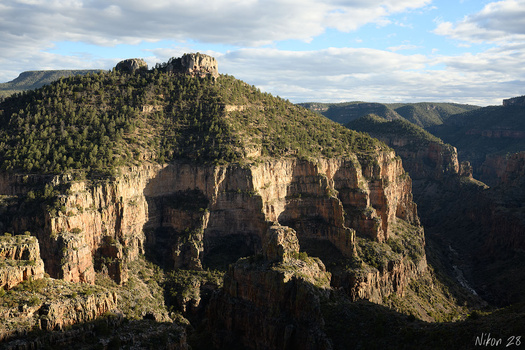
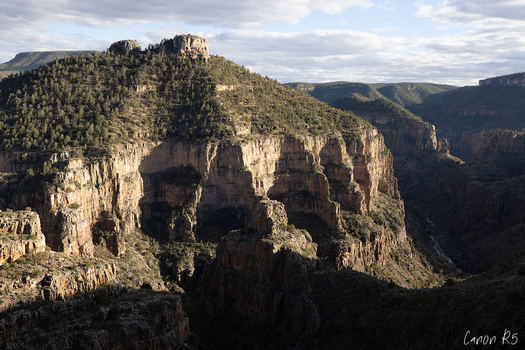
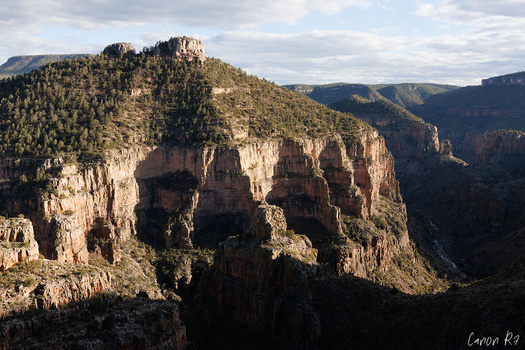
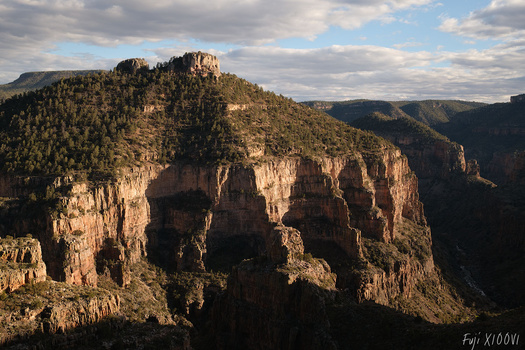
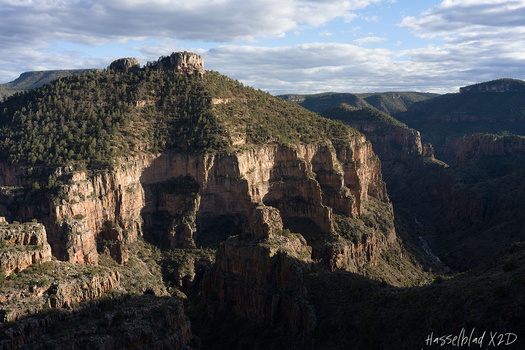
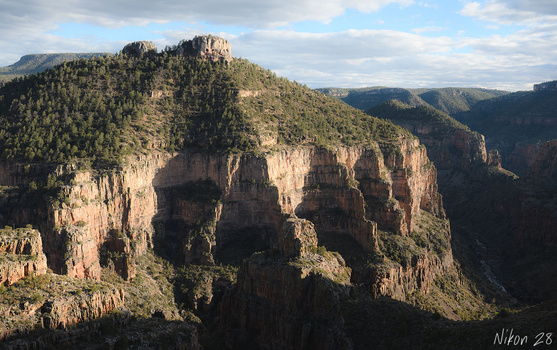
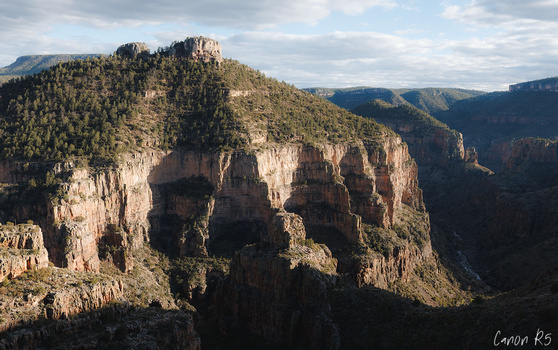
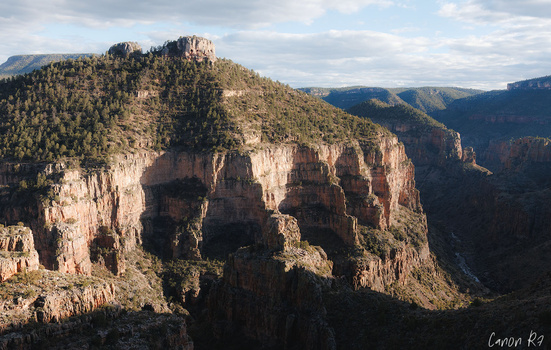
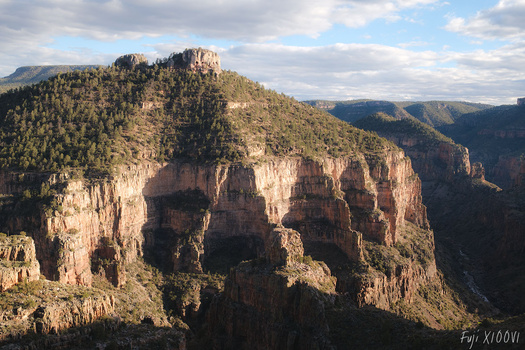
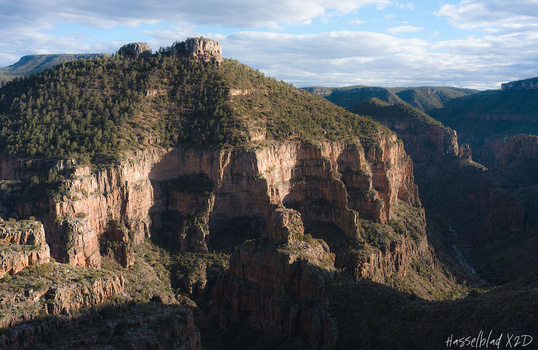






All about subject matter. You want to shoot sports? Pass on the Hassy and Fuji. Landscapes? Go for the Hassy if you can live with the limited lens selection. There is not such thing as a single best camera, and IQ is only part of the equation. Take any of them into a raw processor and you can get whatever result you want.
Fujii film cameras are brilliant for landscape photography. I've made a killing out of selling prints from Fuji cameras.
Question is was it because of the Fuji or because of the subjects, compositions and light you photographed ;-)
Fuji .. I shot the same landscapes with nikon and I did not get the same results. The nikon photos looked okay , but they didn't sell
Maybe it's not the camera, and it's simply you're a good photographer and sales person?
I have adapted to what people like to put on their wal. What they put on their wall is very different to ten years ag
I'm guessing Fuji MF cameras?
It’s not all about subject matter. Great cameras, all, I’m sure. But does it work with my hands? My eye? (I have but one useable eye.) Ergonomics are all important when one is more than 80 years old.
Ergonomics is so important for sure!
One of the main reasons I use the camera I use is for ergonomics. Agreed!
I own some high-end cameras to GFX cameras but I'm equally at home shooting with a small Fuji. I don't think it really matters. I think we need to just get out and shoot. Enjoy the environment. Enjoy the people we shoot and given what we can do in editing and de noise now and all the other features that we can use in Lightroom and capture one we can create.... we can be bold in what we do but honestly there is not a bad camera on the planet now made in the last 20 years. The cameras are so good now and I hold a lot of different cameras because I teach photography in my community. I'm often taking photos with other people's cameras just testing things out and I see the files.... And yes, I love my GFX 100s ii .....100 megapixel camera. but it's my work course and there is just so many other choices that you can make around cameras
The answer is no.
You've clearly never used a medium format camera. 🙄
From your own above comment:
"I own some high-end cameras to GFX cameras but I'm equally at home shooting with a small Fuji. I don't think it really matters. I think we need to just get out and shoot."
Why then the snarky comment about medium format cameras?
at first glance the hasselblad images ( unedited and edited ) looked best but when i did comparisons, to my surprise i felt that the nikon images were probably the most accurate and pleasing
Sorry, boring and senseless discussion. Questions like these make us forget what's really important. Take pictures and enjoy your own results. In analog times, a color cast might have been relevant. In the digital age, everyone has countless options to tweak or change colors in post to suit their own taste. And that doesn't have to be for someone else, just for me personally what i like and prefer.
Back in my camera repair "daze", I was asked what was the best camera? Two points of advice. The best lens takes the picture, the camera just holds the image. The best camera is the largest one you are willing to take with you for what you want to print.
Colour science is only a problem for youtubers and maybe people who think they need multiple systems.
The rest, who have but one system, never see the problem. My cameras colours are what they are. That has never been a problem.
Colours are more subjective than all other parameters in photography. Comparisons are therefore doomed to failure from the outset. Most camera manufacturers do think about the colours produced by their camera models and then present these via advertising claims. Unfortunately, customers then forget the conditions under which these advertising statements about the reproduced colours apply.
Two examples: Hasselblad ‘guarantees’ Hasselblad colours when using Hasselblad software Phocus. For the Fujifilm film simulations, you have to use Fuji X Raw Studio to get exactly the colours that Fujifilm advertises. Who of the so-called influencers has ever tried this?
Raw developers such as CaptureOne, LR, DxO, ... have developed their own colour profiles that have nothing in common with the colours of e.g. Hasselblad or Fujifilm. Even the Fujifilm simulations available for selection are only approximations of the original Fujifilm film simulations. If we now add screen calibration for image editors and image users, we end up back at the beginning: colours are absolutely subjective.
Of course you can measure colours. One sky has more magenta, the other more yellow. Ultimately, there is no universally valid reference value - except when printing on a substrate. That's why I think any comparisons like the ones made here are ultimately of no real benefit to the user. Perhaps that is the best conclusion.
Very interesting. It would have also been interesting to add a current generation cell phone into this mix.
Agreed! I would find this very useful, even when doing reviews of cameras. Have a reference set of devices for comparison.
Probably Nikon has better white balance than Canon. I believe it because I've got a Canon R8 and a Gopro 7 black, and it's seems a joke, but gopro (in most situations) has better auto white balance than canon.
And for a comparison like this, if you don't look at 100% enlargement, images will be very similar. In fact, at this size, probably an iphone photo will be the best.
Take your pictures in RAW and edit to what you feel is the best. It's subjective. It's in the eye of the beholder. There is no way for a person to look at a picture and say, "That's been taken with a Sony or Canon or whatever." The same with pixel peeping. I bought my first digital SLR when I tried out most of the brands and chose what felt good in my hands and have never looked back.
If all cameras are fantastic these days, how did 'cheap' become a virtue — and 'expensive' a sin? In a review like this, that impression never really fades, nor does the context behind it.
Yeah, I find sometimes online when I put under my comment that I use a GFX camera people make comments like oh you've got an expensive camera. You don't need that camera. You shouldn't buy this and you shouldn't buy that all that kind of absolute rubbish. I love my image quality and that's not to say you can't get great image quality out of a crop sensor camera or a full frame camera but my medium format camera because I know how to use it produces amazing image quality and I'm proud of that fact I'm proud of the fact that I saved my arse off to purchase a medium format system and I love it and I don't make any apologies for it. Some of the comments are just jealousy. Absolute pure jealousy and I see it all the time and I can spotted a mile away